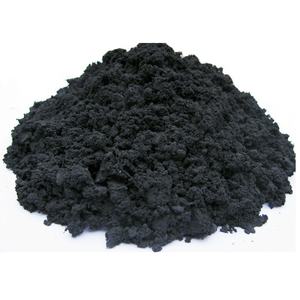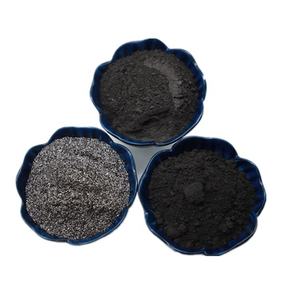If you are looking for high-quality products, please feel free to contact us and send an inquiry, email: brad@ihpa.net
When talking about graphene, we have to initially mention the natural mineral graphite that is widely present in our every day life.
As an allotrope of carbon, graphite is a layered product, and the carbon atoms inside graphite are prepared layer by layer. Carbon atoms in the very same layer “hold hands” and are carefully linked, but the combination of carbon atoms in between various layers is loose, like a stack of playing cards. With a gentle push, the cards will certainly slide apart.
(Graphene Powder)
From the viewpoint of chemical framework, graphite is a transitional crystal in between atomic crystals, steel crystals and molecular crystals. In the crystal, carbon atoms in the same layer form covalent bonds with sp2 hybridization, each carbon atom is attached to three various other carbon atoms, and 6 carbon atoms create a routine hexagonal ring on the very same aircraft, extending to develop a sheet structure.
If graphite is a pile of playing cards, after that graphene is one of the cards in this stack of playing cards. Graphene is a two-dimensional product made up of a solitary layer of carbon atoms. Stacking graphene layer by layer is graphite. A 1 mm thick graphite contains regarding 3 million layers of graphene.
Although graphene exists in nature, it is hard to remove a solitary layer framework.
Greater than twenty years back, Andre Geim and Konstantin Novoselov, scientists at the University of Manchester in the UK, thought that there must be a way to get a solitary layer of graphite.
Just how can a solitary layer of graphite be peeled? Scientists took an extremely “simple and unrefined” approach – sticking it with tape.
“Much like when we create a typo theoretically, we will stick the typo with tape.” Based upon this, scientists strongly link that if tape can adhere to the surface of paper, can it additionally adhere to layers of graphite?
( TRUNNANO Graphenen Powder)
In the experiment, researchers stuck both sides of pyrolytic graphite flakes to an unique tape, and tore off the tape, the graphite sheet was split right into two. Although the density of graphite right now is still far from that of a solitary layer of graphite, researchers have actually validated the expediency of this technique – each time the tape is utilized, the graphite comes to be thinner. By insisting on utilizing this “mechanical exfoliation method” to duplicate the procedure, they lastly acquired a slim sheet consisting of just one layer of carbon atoms, which is graphene.
Nevertheless, this approach of repetitively exfoliating graphite sheets with tape to obtain graphene has low manufacturing efficiency and can only be made use of to prepare micron-thick graphene, and can not be mass-produced industrially.
Later on, with the enhancement of scientific and technical degrees, the preparation technique of graphene has also made great development. Today, in addition to this conventional physical and mechanical peeling approach, there are additionally many methods for preparing graphene, such as redox approach, solvent exfoliation method, chemical vapor deposition, and so on
Vendor of Graphene
TRUNNANO is a supplier of 3D Printing Materials with over 12 years experience in nano-building energy conservation and nanotechnology development. It accepts payment via Credit Card, T/T, West Union and Paypal. Trunnano will ship the goods to customers overseas through FedEx, DHL, by air, or by sea. If you want to know more about graphene diamond, please feel free to contact us and send an inquiry.
Inquiry us

